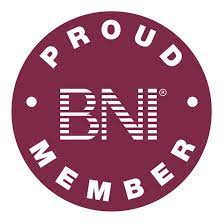Problem-solving at home is a critical skill that students need to develop, not just for their academic success but also for their personal and professional lives. It involves using critical thinking, reasoning, and creativity to find solutions to complex problems.
Here are some tips for students to practice problem-solving at home:
- Practice open-ended problem solving: Encourage students to practice solving open-ended problems. These problems do not have a single answer but require students to think creatively and come up with multiple solutions. For example, ask students to think of different ways to reuse a recyclable material, or come up with a creative solution to reduce waste in their community.
- Encourage collaboration: Encourage students to work with others to solve problems. This can be done by working on group projects, participating in debates, or simply discussing problems and possible solutions with family members. Collaboration helps students learn from each other and develop their problem-solving skills.
- Break problems into smaller parts: Encourage students to break complex problems into smaller, more manageable parts. This can help them understand the problem better and develop a step-by-step solution.
- Develop critical thinking skills: Encourage students to think critically and ask questions. This can help them identify the root cause of a problem and come up with effective solutions.
- Practice persistence: Problem-solving can often be challenging, and students may feel frustrated when they are unable to find a solution. Encourage students to be persistent and not give up. Remind them that it is okay to make mistakes and that they can learn from them.
- Encourage creativity: Encourage students to be creative when solving problems. Encourage them to think outside the box and come up with unique solutions.
- Provide real-life problems: Provide students with real-life problems that they can solve. For example, ask them to develop a plan to save water in their home, or to create a garden in their backyard.
- Teach students to evaluate solutions: Encourage students to evaluate their solutions and determine if they are effective. This can help students improve their problem-solving skills and develop a better understanding of what works and what doesn’t.
In conclusion, problem-solving is a crucial skill that students need to develop, and there are many ways for students to practice problem-solving at home. Encourage students to collaborate with others, break problems into smaller parts, think critically, be persistent, and be creative. By providing students with real-life problems and encouraging them to evaluate their solutions, students can develop their problem-solving skills and become confident and effective problem-solvers.










